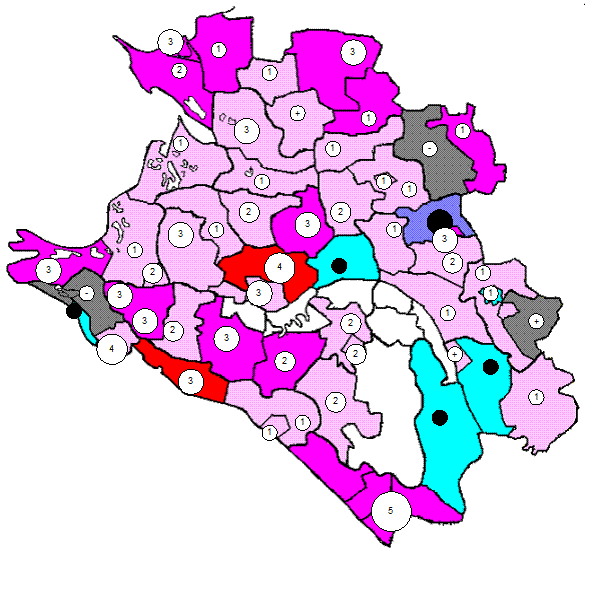SYNTHETIC BIOLOGY APPROACHES TO NEW ANTIBIOTICS
One of the most exciting approaches to emerge recently is the potential to apply synthetic biology to antibiotic production, discovery and manipulation. Synthetic biology can be thought of as the repurposing or redesign of biological systems for novel applications. The clustering of secondary metabolite genes offers a big advantage to the manipulation of their function, expression levels and production. Whilst synthetic biology is one of the current 'buzz' words in biology, this manipulation of antibiotic biosynthetic clusters is not particularly new. Since the mid-1980s, various groups interested in Streptomyces have been trying to make so-called 'non-natural natural products' using an approach called combinatorial biosynthesis (using genetic engineering to modify biosynthetic pathways to make new compounds). The ability to manipulate these clusters using molecular biology offers several advantages, not only in terms of generating novel activities, but also improving the pharmacokinetics of drugs, and reducing toxicity.
methods have been used, such as those where simple gene disruptions can alter one of the chemical reactions during biosynthesis, resulting in longer or shorter chains, or without additional chemical decorations. Interestingly, one approach that has yielded amazing results is the formation of hybrid polyketides simply by transferring polyketide clusters into organisms producing related molecules. This allows the machinery from one cluster to modify the product in another in a very simple manner. TOWARDS A TRULY SYNTHETIC BIOLOGY OF ANTIBIOTICS The relatively simple experiments that have been carried out to date have wide-ranging implications; however, now we can couple these with the advances in molecular biology such as assembly of large DNA fragments, ligation-free cloning, and the advent of 'BioBrick' technology to create a truly synthetic biology for antibiotics. The multitude of secondary metabolite biosynthetic clusters available in the sequence databases means that we can assemble any enzyme simply from short oligonucleotides, introduce it into any biosynthetic cluster and examine the potential to alter the characteristics of the metabolite produced. Of course, there are limitations to the modifications that certain chemical scaffolds are amenable to; however, we can envisage the very first, truly synthetic antibiotic biosynthetic gene cluster in the not-too-distant future. The assembly could be undertaken using BioBrick-type technology where each genetic unit is pieced together like LEGO bricks until a complete cluster is assembled. There is still a lot of work to undertake, as with any synthetic biology project. We need to understand and develop good regulatory sequences and promoters, and efficient ribosome-binding sites for manipulating expression levels and the overall logistics of piecing these together. Yet all of these approaches are tantalisingly within our grasp and will enable us to carry out bio-inspired chemistry synthetically in a bacterium in the near future. c) Post-reading Stage. - Are the sentences “true” or “false”? 1) One of the most exciting approaches to emerge recently is the potential to apply physics to antibiotic production. 2) Synthetic biology deals with the repurposing or redesigning of biological systems for novel applications. 3) This manipulation of antibiotic biosynthetic clusters is particularly new. 4) According to the synthetic biology we can assemble any enzyme from short oligonucleotides. 5) There no limitations to the modifications that certain chemical scaffolds are amenable to. 6) We can visage the very first synthetic antibiotic biosynthetic gene cluster in the distant future. 7) This synthetic biology project is finished.
- Find ajectives which go together with the following nouns from the text: Approach, biology, production, application, cluster, biosynthesis, chemistry, future.
|





